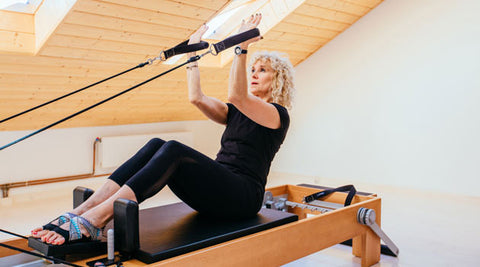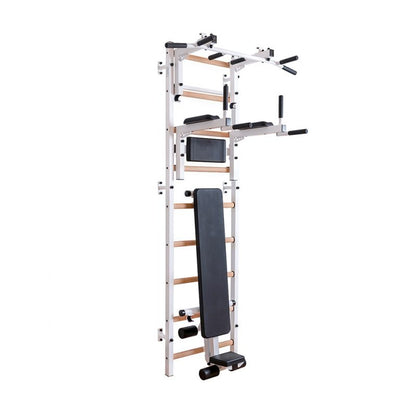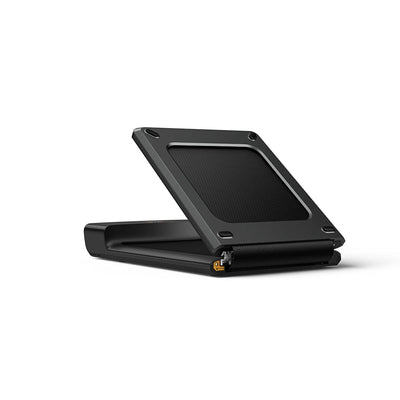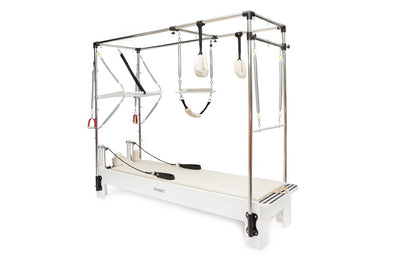
Enhance Your Golden Years With Pilates: A Guide For Seniors
Your golden years are a time of reflection, relaxation, and ideally, reinvigoration. For many seniors, Pilates emerges as a practice that adds vigor, balance, and a renewed sense of well-being to these cherished years. If you're considering this path, here's why and how to start.
Pilates: The Fundamentals
Core Principles and Methodology:
Pilates, at its core, is about controlled movements and breathing. Developed by Joseph Pilates, it focuses on core strength, flexibility, and mindfulness, aiming to harmonize the body and mind.
Why Pilates is Ideal for Seniors
-
Physical Benefits: For seniors, physical agility can often decline. Pilates, however, helps in strengthening the core, enhancing posture, improving balance, and increasing flexibility. All these factors collectively reduce the risk of falls and boost overall mobility.
-
Mental and Emotional Perks: Beyond physicality, Pilates is a meditative practice. Concentrated breathing and movements enhance mental clarity, reduce anxiety, and foster a heightened sense of self-awareness.
Essential Pilates Exercises Tailored for Seniors
-
Low-Impact Routines: Exercises like the "Pelvic Tilt" or "The Saw" are gentle yet effective. They focus on controlled movements, ensuring the body is not subjected to undue strain.
-
Exercises Promoting Balance and Flexibility: "The Spine Stretch", "Leg Circles", and "Side Kicks" are perfect for enhancing lower body strength, promoting flexibility, and ensuring better balance.
Integrating Pilates Into Your Lifestyle
-
Starting Out: Classes or At-Home? For beginners, especially seniors, guided classes are beneficial. Instructors can offer modifications and ensure exercises are performed safely. As confidence grows, at-home routines can supplement classes.
-
Equipment Considerations: While Pilates mat exercises are the most accessible, tools like the Reformer or the Wunda Chair can be introduced under expert guidance.
Safety Tips and Precautions
-
Knowing Your Limits: It's essential to recognize when to push and when to pause. If an exercise feels uncomfortable, it's okay to skip it or request a modification.
-
Importance of Professional Guidance: Especially in the initial stages, having an instructor can make a world of difference. Their expertise ensures you get the most out of each session without risking injury.
Conclusion
The beauty of Pilates lies in its adaptability. For seniors, it offers a chance to enhance physical strength, mental wellness, and overall quality of life. As with all journeys, starting might be the hardest step, but the rewards are plentiful.
FAQs
- Are there any age restrictions for starting Pilates? No, Pilates is adaptable and can be tailored for individuals of all ages.
- How often should seniors practice Pilates? Ideally, 2-3 times a week, but individual needs and comfort levels may vary.
- Is Pilates effective for arthritis or osteoporosis? Pilates can be beneficial for managing symptoms and improving strength, but always consult a healthcare professional before starting.
- Can Pilates aid in recovery post-surgery? Yes, with proper guidance and after medical clearance, Pilates can be an effective rehabilitation tool.
- What attire is suitable for Pilates? Comfortable, form-fitting clothes that allow free movement are best. Avoid very loose attire.
« Back to Pilates Blog





